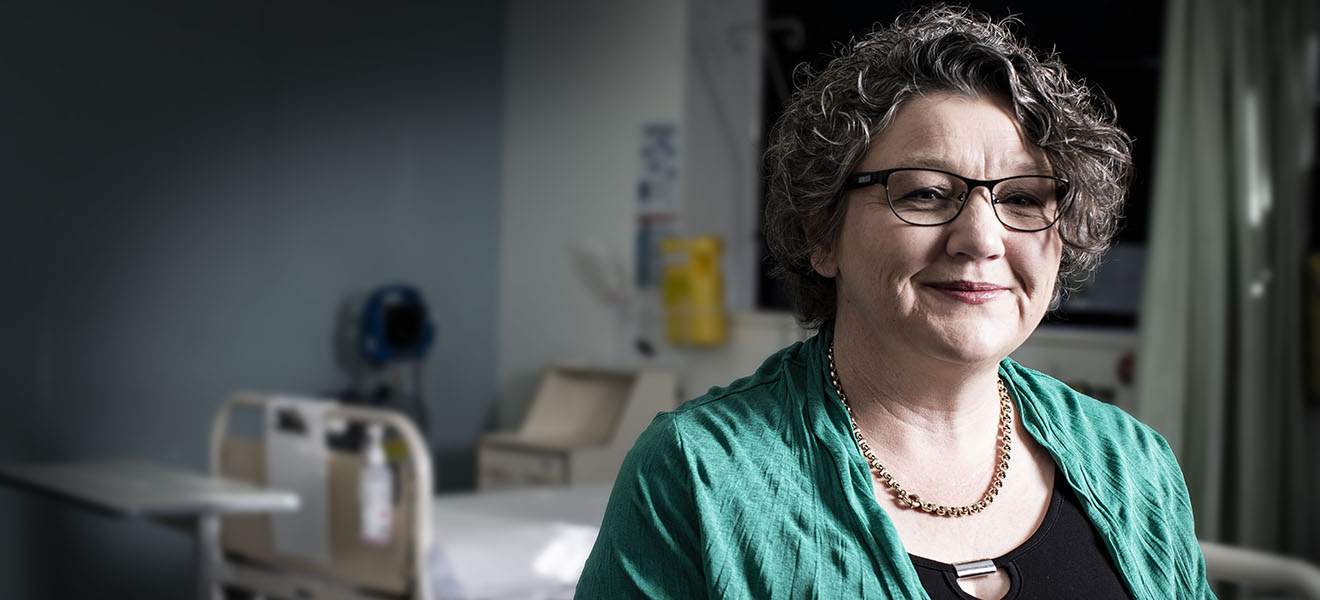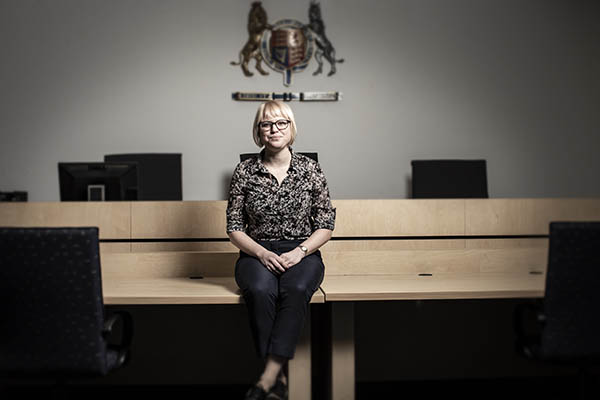Dr Jenny Sim
School of Nursing
Tracking key indicators of nursing care to evaluate quality and safety
Twenty-five years working in nursing has given Dr Jenny Sim a clear focus on how she can enable nursing staff to improve the quality and safety of care in their ward.
As a Director of Nursing, Dr Sim had been frustrated by the lack of data capturing the impact of nursing care. Nurses are indispensable to the health care system, present 24 hours a day, seven days a week, but their contribution to patient outcomes can be lost in the wider system.
“The care we provide is not always seen or noticed by others – but when it’s not there, it’s always felt,” says Dr Sim. “I want to give nursing a voice so that we can speak for ourselves about the impact that we make every day.”
She embarked on a PhD to identify ways to measure the unique contribution that nursing makes to patient outcomes, developing a suite of indicators that could be applied to individual hospital wards. Since her PhD, Dr Sim has worked closely with a number of private and public hospitals and the Illawarra Shoalhaven Local Health District to translate her methods back to the system.
By giving nursing staff data on their day-to-day practices, Dr Sim believes nurses can better understand the impact of their care and make improvements to their practice which ultimately benefit patients. Preventing common adverse events in hospitals, such as pressure injuries, falls and medication errors, is key. “Every nurse goes to work every day to do the best job they can.”
To this end, Dr Sim founded the Australian Nursing Outcomes Collaborative (AUSNOC). The data registry is the first of its kind in Australia, tracking key indicators of nursing care to evaluate the quality and safety of care on participating wards. It combines available data on the number of patients, staff and incidents with observational audits and patient experience surveys to provide each ward with monthly reports on their performance.
Focusing on individual wards rather than the system at large means that the data is relevant for nurses and they can identify ways to make changes. “One of the biggest challenges for AUSNOC is giving nurses access to data that helps them to understand the impact that their care has on patient outcomes. It’s important to collect the right data in a meaningful way.”
As data is collected over time, AUSNOC also evaluates the effectiveness of evidence-based changes to nursing practice and here, AUSNOC is quickly making a statement. Dr Sim has completed a successful two-year pilot of AUSNOC in three hospitals in NSW, in which time one participating unit reduced falls by over 60 per cent and another reduced pressure injuries by 40 per cent.
She counts her collaborations with the Australian Health Services Research Institute and her participation in UOW’s iAccelerate innovation incubator program as vital to the success of the project, which is improving nursing care and patient outcomes day by day.




